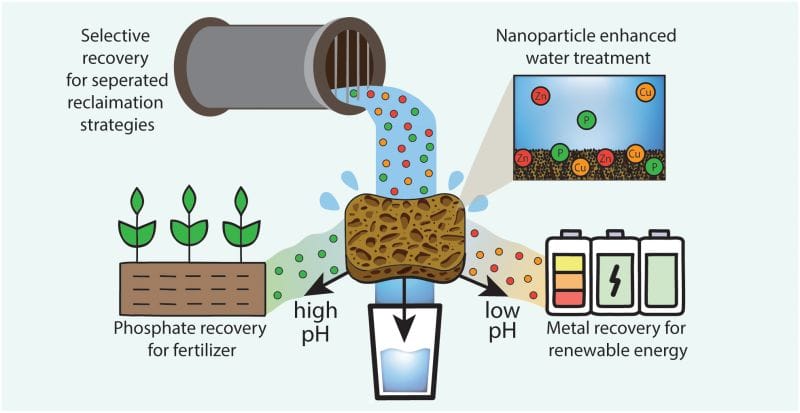RSS feed source: Federal Emergency Management Agency
FRANKFORT, Ky. – As Kentucky households recover from the April severe storms, straight-line winds, flooding, landslides and mudslides, FEMA’s preservation teams will return to Disaster Recovery Centers (DRCs) in the Commonwealth to demonstrate how to safely handle and salvage your damaged items. These specialists will show you how to salvage storm-damaged family photos, artwork, textiles, media and other family treasures.
Save Your Treasures Program Schedule
Preservation Teams will be in Kentucky Disaster Recovery Centers May 5-17. You can find the teams at the following:
FRANKLIN COUNTY Frankfort Plaza, 827 Louisville Road, Frankfort, KY 40601
Hours: 9 a.m. to 7 p.m. May 5-10 and 12-17.
ANDERSON COUNTY Anderson County Community Center, 1026 County Park Road, Lawrenceburg, KY 40342
Hours: 9 a.m. to 7 p.m. May 5-6 and 9-10.
Watch for additional locations for the week of May 12-17.
The Save Your Family Treasures program is a collaboration between the Smithsonian Institution and FEMA. Specialists visit DRCs and provide advice to disaster survivors on how to salvage their personal keepsakes, including photographs, books, documents, textiles and other commonly damaged items. They provide demonstrations, hand out informational resources, and give technical assistance to visitors. If you are unable to attend an in-person demonstration, you can learn more about salvaging family treasures by visiting www.fema.gov/disaster/recover/save-family-treasures or culturalrescue.si.edu/who-we-are/hentf.
For safety reasons, and to ensure the items don’t suffer further damage in transit, survivors should not bring items to
Click this link to continue reading the article on the source website.


